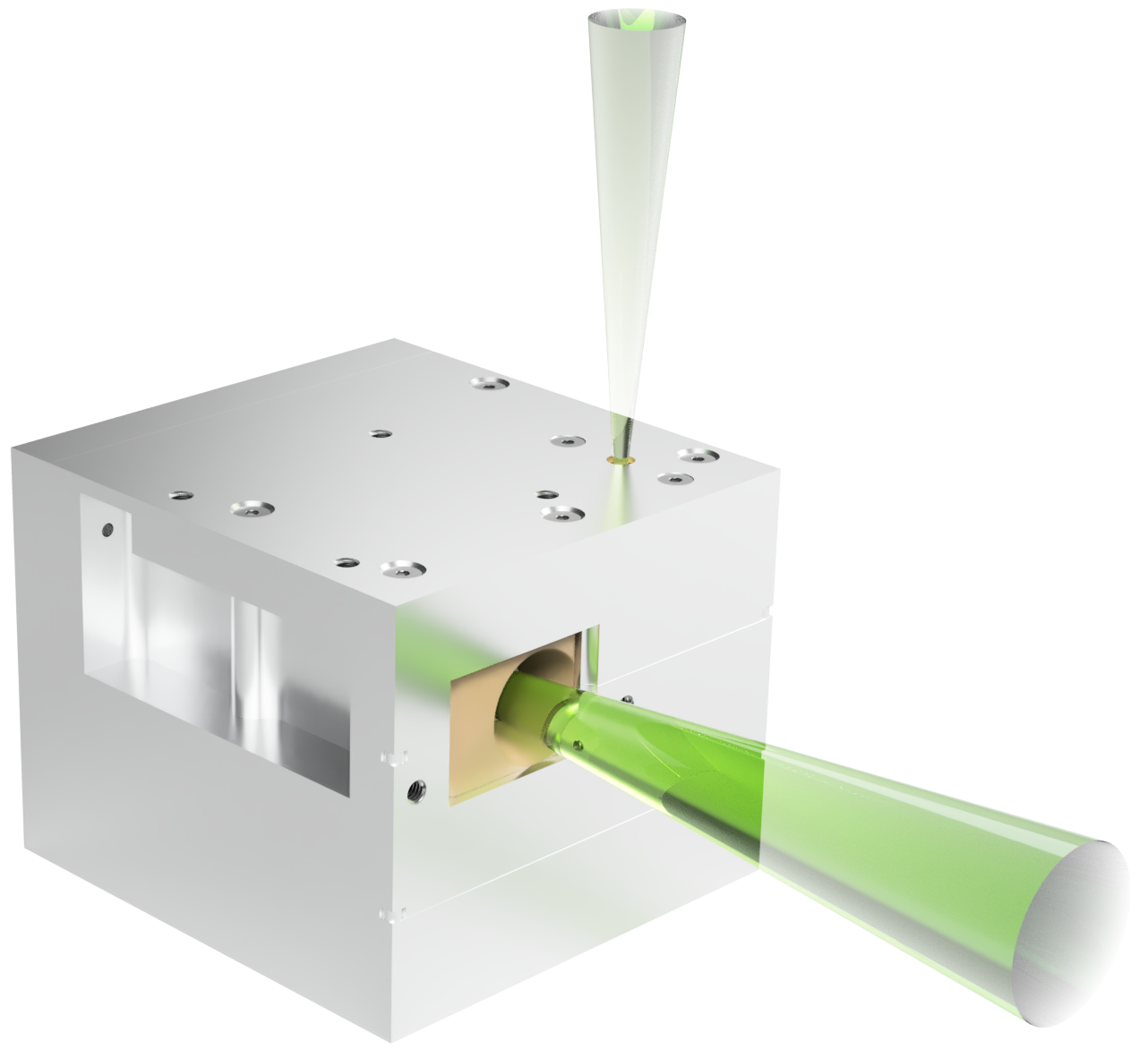SPACE WEATHER MONITORING
Our dedication to advancing space weather technology is illustrated in our groundbreaking projects and the development of high-tech radiation monitors suited for diverse applications. With 25 years of expertise in the field, ASRO has developed a novel suite of four radiation monitors. Each instrument in ASRO’s product family has a compact design suitable for nanosatellite platforms with masses between 0.5 and 1.2 kilograms.
ASRO’s product family shares the unique benefits of a common back-end design based on flight proven heritage, and the possibility of merging two instruments into a 1U instrument. Furthermore, the instruments have tuneable sensor heads for different energy ranges, viewing angles and fluxes, making them suitable for a wide range of missions and orbits from Low Earth Orbit to interplanetary space.

Our Solutions
REPE, MIRA, FELIX and LEEVI
Relativistic Electron and Proton Experiment (REPE) is a multi-detector particle instrument, engineered to meet advanced scientific goals in space weather monitoring. It can be configured to fit a variety of mission requirements, from small satellite missions on Low Earth Orbit (LEO) to high Earth orbits and beyond.
Miniaturised Instrument for Radiation Analysis (MIRA) is a cost-effective, single-board radiation monitor. Its versatility makes it suitable for applications such as balloon missions, low-cost LEO missions, academic projects, and auxiliary radiation monitoring.
Flare Examination and Lookout in X-ray (FELIX) is a solar X-ray spectrometer for measuring and characterising solar flares.
Low Energy Electron Vigilance Instrument (LEEVI) provides an extension of REPE capabilities for Auroral electrons ranging from 3.5 to 50 keV.
Interested in exploring our solutions for your mission? Contact us to learn more or to discuss how we could contribute to your space weather monitoring requirements.
